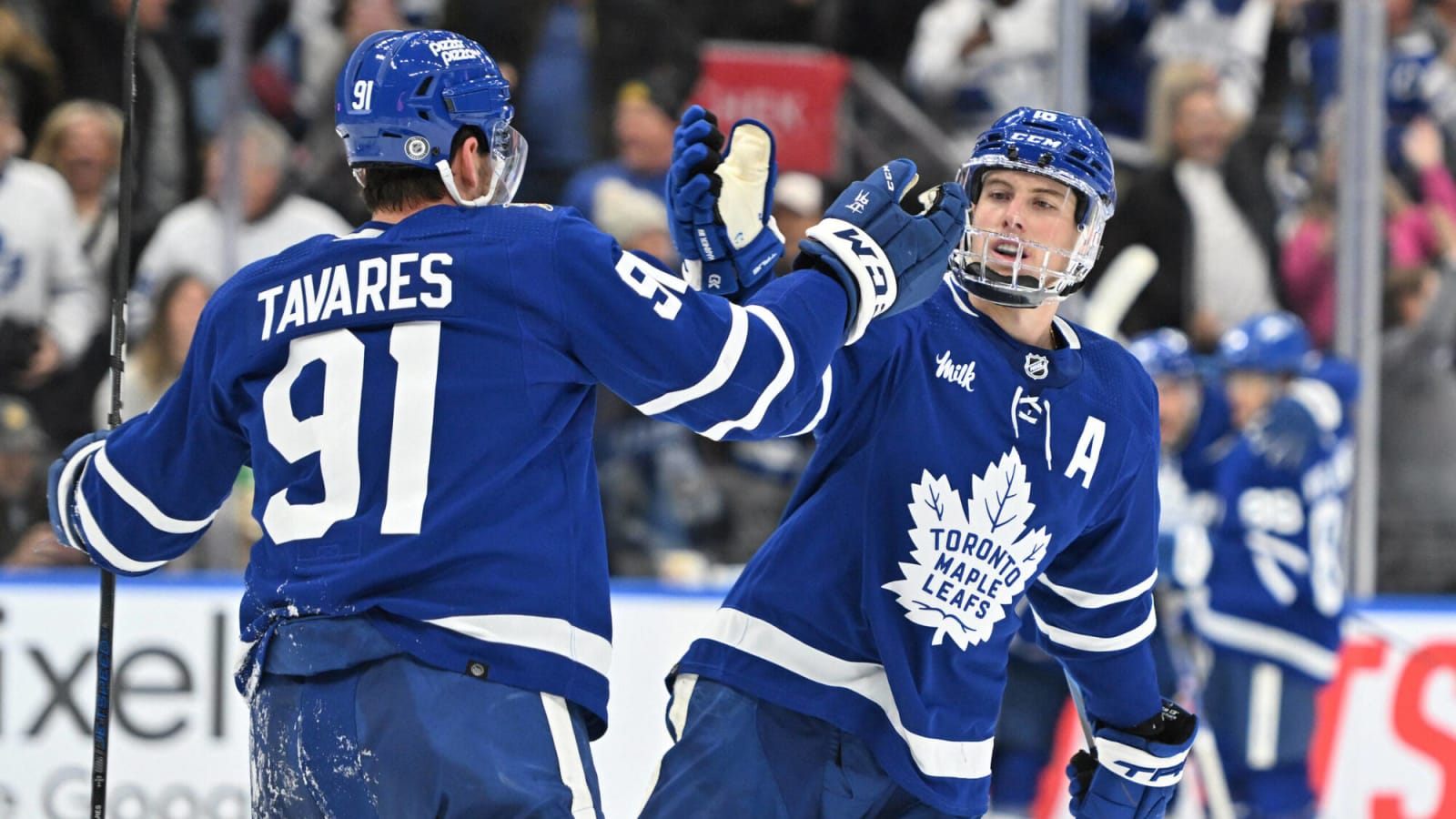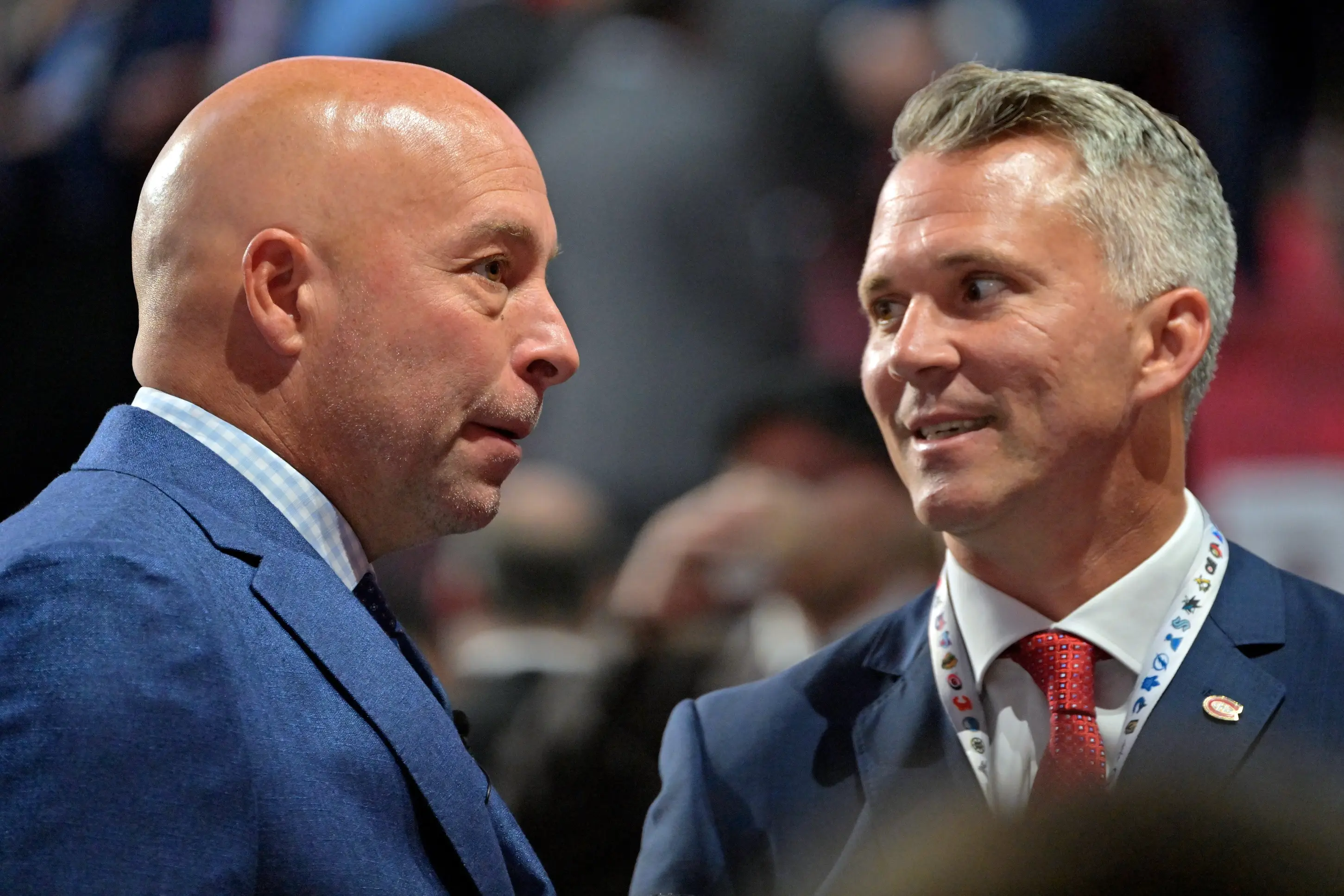The NHL and NHLPA released the salary cap info to all 32 teams on Friday, which included the projected cap hit of $95.5 million for the 2025-26 season.

This marks a $7.5 million increase from the $88 million cap hit the league is using for this season, with the next two seasons also seeing estimated growths of $8.5 million and $9.5 million, where it is expected to reach $113.5 million in 2027-28. Based on the numbers posted by league sources, the cap floor three seasons from now will be $400,000 higher than the cap ceiling for the 2023-24 season.
These are positive signs of a healthy league which is recovering well after the COVID-19 pandemic kept the salary cap plateaued at $81.5 million for three seasons and resulted in marginal growth for a couple of years. It also bodes well for the NHL and NHLPA’s ability to work out an extension on the CBA that is set to expire on September 15, 2026, meaning that all parties involved are in a good place and the league has nowhere to go but up. Of course, this agreement is subject to the CBA getting extended but there is no reason to believe that it won’t get done.
This brings us to the age-old question: how does this affect the Toronto Maple Leafs? Quite a lot, actually.
The team currently has three major pieces of their team on expiring contracts in Mitch Marner, John Tavares, and Matthew Knies. While there have been several factors into why these extensions have not materialized at the time of filing, one of the primary reasons was that everyone was waiting on what the salary cap was going to be for next season and beyond.
With the news of the projected cap hit, PuckPedia has the Leafs’ cap space for the 2025-26 campaign at $28,753,565. That is more than enough to get a fair deal for Marner, Tavares, and Knies while leaving more than enough room for Brad Treliving to get other business done in free agency. In addition to these three, Toronto has 17 other expiring contracts to deal with where you can expect them to re-sign players like Steven Lorentz, Dennis Hildeby, and Connor Dewar.
This announcement will also play a major role in how the Leafs will approach the trade deadline. Now that they know what their situation going into next season will look like, it gives them a better idea of what kind of pieces they can afford to acquire relative to the projection of the salary cap moving forward. This will make them feel more comfortable to roll with their preferred option of acquiring a third-line centre with term along with other moves they will look to do leading up to March 7th.
We shall see what Brad Treliving does in the coming weeks in terms of addressing needs and the critical expiring contracts, but he and the Leafs have a better idea of what they will be working with. Simply put, things are about to get interesting in the NHL as the fireworks are close to going off.


-1742542892-q80.webp)
